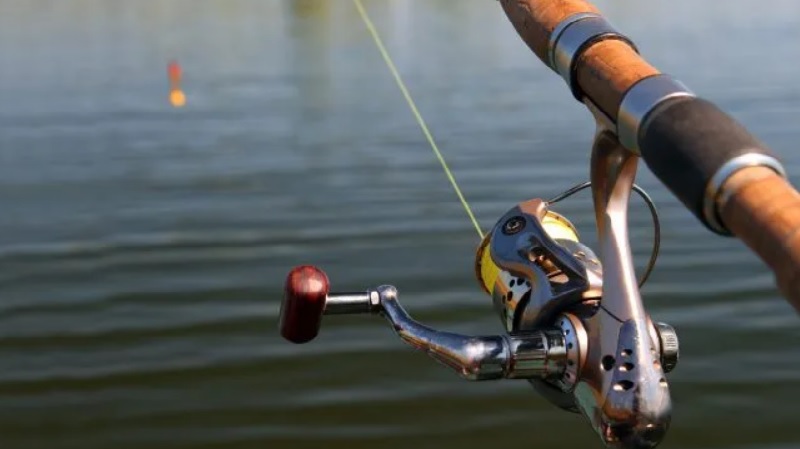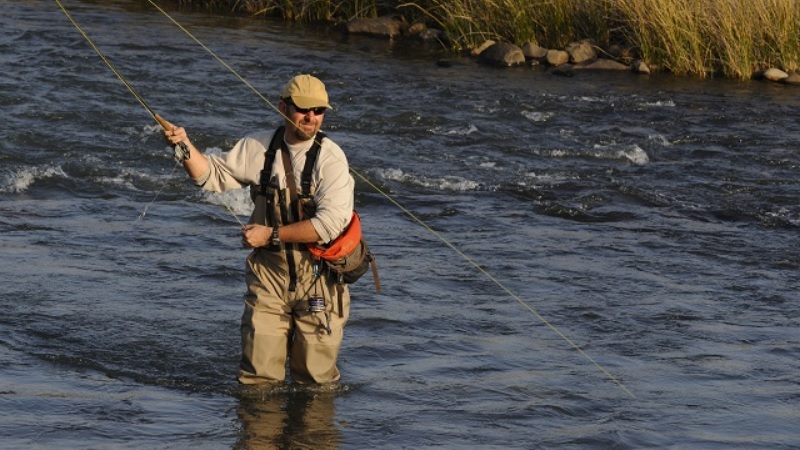Bamboo Fly Fishing Rods

Building A Bamboo Fly Rod
Alright, alright. Bear with me here. I know you probably landed onto this page thinking you were going to get some step by step guide on how to handcraft bamboo fly fishing rods. Unfortunately, I am not quite the craftsman required to build one of these works of art. If you think you have the patience, determination, and the necessary hand skills to complete one, then my hat is off to you.
I do, like I said however, have a love and fascination for the craftsmen that put together these nostalgic rods. It takes upwards of 30-40 hours per rod being built, and a wide range of machining processes. I can’t begin to imagine the tedious nature of building bamboo fly fishing rods in the olden days, without the use of mechanical tools.

Latest projects
I’ve found a simple guide from https://www.mycarpfishing.co.uk/ that shows a Hendrickson craftsmen putting one together. Take a look. Remember that this process takes a lot of time to complete, and unless you have the patience to see it through, you might want to consider purchasing a bamboo fly rod, rather than building your own. Do not let me discourage you though, you know yourself better than anyone. If you think you are up for the task, jump on in!
The first thing that the craftsmen must do is heat the piece of bamboo hardwood over an open flame to give it a beautiful golden amber colour. He has to pay close attention not to scorch the wood while he is colouring the wood, to ensure he doesn’t weaken it at all.
Next, he has to drive split the bamboo cane into separate, equal width sections. Eventually, these strips will be smaller than 1 centimetre wide. After he has the strips that will be used for the construction, a belt sander is required to remove all of the knots and other bumps leftover from the tree.
Now, the craftsmen have to run the strips through a planning machine to ensure that all sections will fit together in the hexagonal configuration that gives these rods their incredible strength. After planning them, he wraps the ends, dips them into a heat-activated glue and runs it back through a wrapping machine. This last wrap holds all of the pieces together until the glue dries completely.
After the glue has completed drying, the craftsmen have to straighten the rod tip out by using a mixture of open heat and slightly elbow grease. A lathe is again used to shave down the rod butt, to enable the reel seat to be applied. After this, cork rings are glued into place above the reel seat to provide a smooth grip, that doesn’t slip when it’s wet. The craftsmen then use a lathe to form the shape of the cork handle.
The rod tip is then added, and the manufacturer’s name, serial number, and sometimes the date of production, using black Indian ink. Varnish is then applied over the bamboo fly fishing rods and left to dry. It usually takes 2-3 coats of varnish to get the gloss that the craftsmen is trying to achieve. Once the varnish has been set, the guides are placed into position and wrapped tightly. The wrapping is then covered with varnish again, to seal it down.


